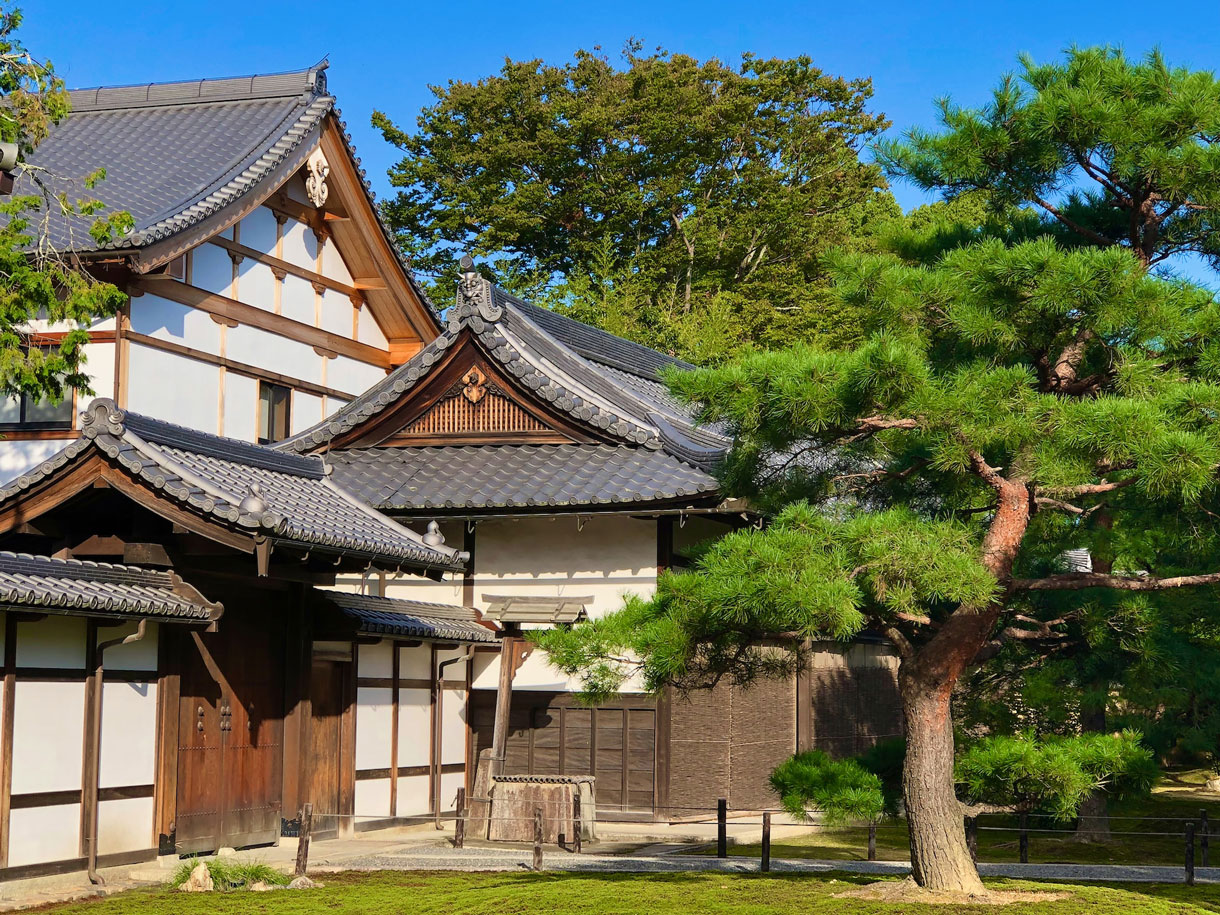In the realm of Japanese architecture, the roof is more than just a functional element – it’s a symbol of history, cultural identity, and a testament to the ingenuity of Japanese artisans. These roofs, with their distinctive styles and intricate construction techniques, have endured for centuries, adding a layer of visual elegance and cultural significance to traditional Japanese buildings.
Delving into the world of traditional Japanese roof designs reveals a fascinating story of adaptation and artistry:

A Harmony of Form and Function:
-
Gable Roofs (Kirizuma-Yane): The most common style, the gable roof, is characterized by two sloping sides that meet at a ridge. This simple yet effective design efficiently sheds rain and snow, making it ideal for the diverse Japanese climate.
-
Hipped Roofs (Yosemune-Yane): Featuring four sloping sides that meet at a central peak, hipped roofs offer superior wind resistance. This design is particularly prevalent in coastal regions and areas prone to typhoons.
-
Curved Roofs (Karamon-Yane): Often seen on temples and shrines, curved roofs add a touch of elegance and grandeur. The upward curvature at the eaves is believed to ward off evil spirits, reflecting the spiritual significance imbued in these structures.
Beyond Aesthetics: The Intricacy of Construction
Japanese roof construction is an art form in itself. Unlike Western roof trusses, traditional Japanese roofs rely on a post-and-beam system for support. This method, known as chikura (latticework), utilizes strong wooden beams and intricate joinery techniques to create a lightweight yet sturdy structure.
-
Precision and Flexibility: The joints are often constructed without nails or metal fasteners, relying on complex interlocking and wedging techniques. This allows for slight movement during earthquakes, providing a degree of flexibility that helps the structure withstand tremors.
-
Respect for Nature: Roofs are traditionally covered with natural materials like clay tiles, cypress bark shingles (檜皮葺 hiirabuki), or thatched straw (茅葺 kayabuki). These materials not only blend harmoniously with the surrounding environment but also offer natural insulation and ventilation.
Preserving a Legacy: The Importance of Roof Restoration
Traditional Japanese roof designs are not just beautiful; they are a vital link to the nation’s cultural heritage. However, these time-worn structures require ongoing maintenance and restoration efforts.
-
Specialized Skills: The techniques used in traditional Japanese roof construction are specialized and require skilled artisans with a deep understanding of the materials and methods.
-
Investing in the Future: Preserving these roofs is not merely about maintaining buildings; it’s about safeguarding a cultural legacy and ensuring these architectural wonders continue to inspire future generations.
A Glimpse into the Soul of Japan
Traditional Japanese roof designs are more than just architectural styles; they are a window into the soul of Japanese culture. Their emphasis on functionality, harmony with nature, and meticulous craftsmanship embody the core values that have shaped Japanese society for centuries. By understanding and appreciating these roof designs, we gain a deeper appreciation for the rich history and cultural heritage of Japan.
Looking Forward: Adapting Tradition for the Future
While traditional Japanese roof designs remain a cornerstone of cultural preservation, contemporary architects are finding innovative ways to adapt them to modern needs. New materials and construction techniques are being integrated while staying true to the essence of these time-honored designs. This ensures that the architectural legacy of these roofs continues to evolve and inspire future generations.



